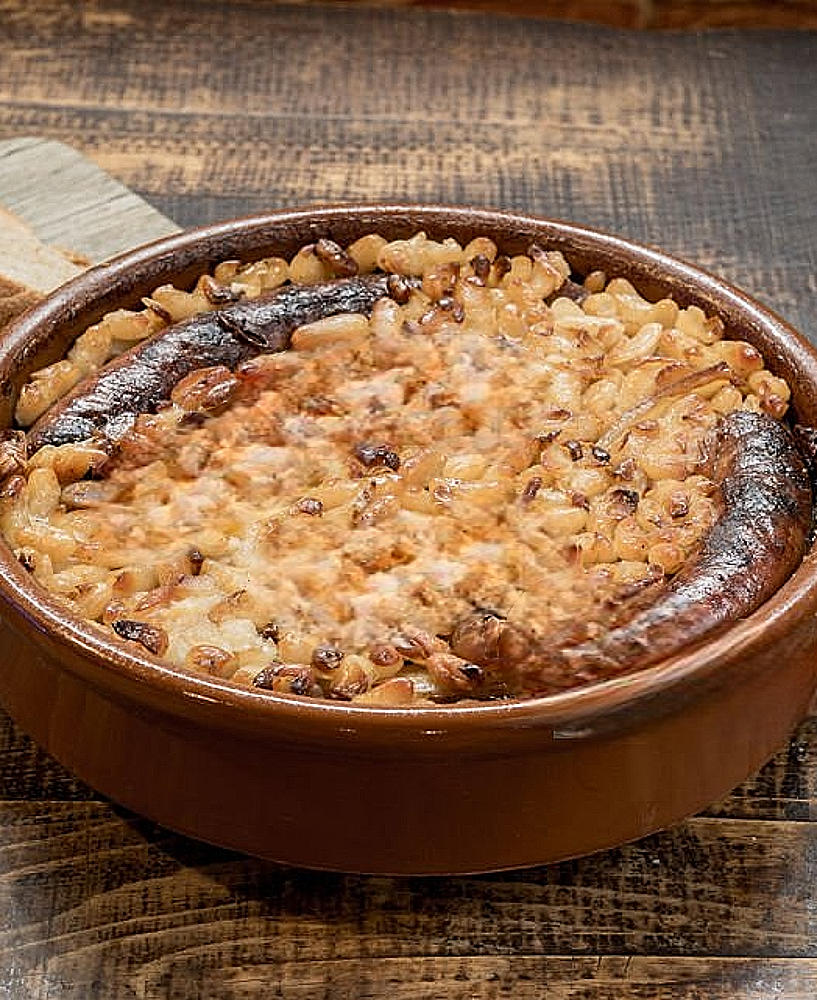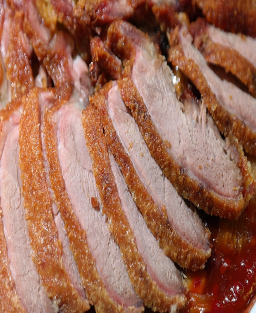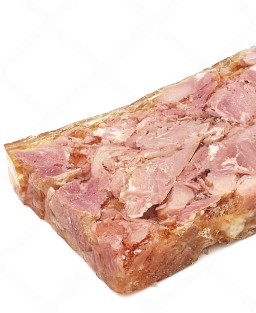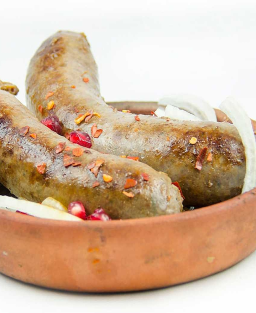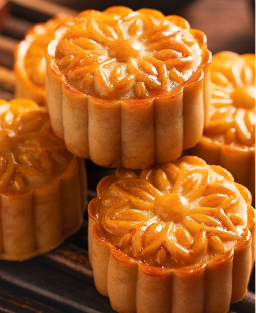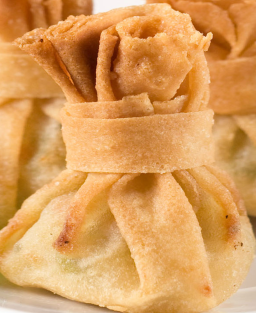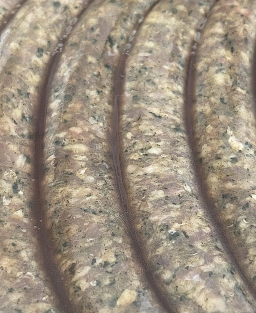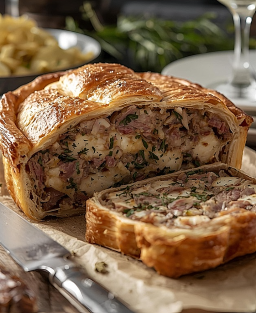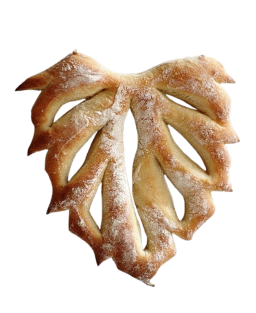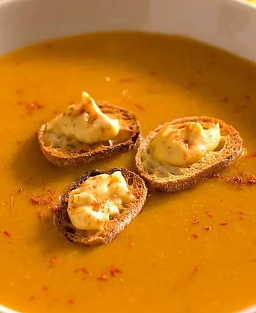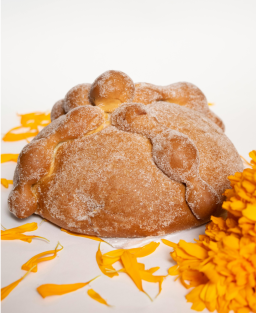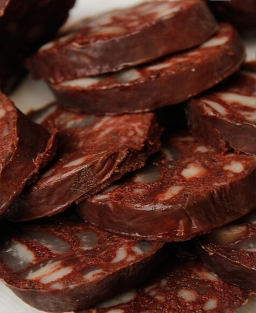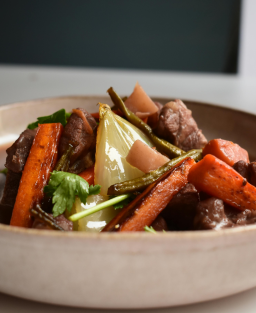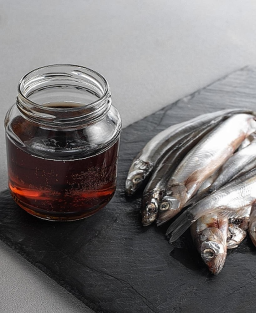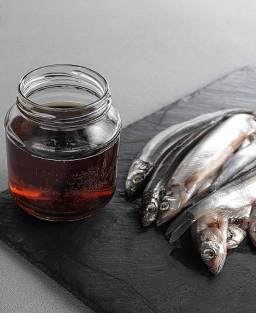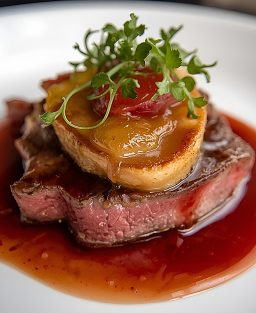Smoked Cassoulet Recipe – Castelnaudary Brotherhood, Traditional Version 1909
Smoked Cassoulet Recipe – Castelnaudary Brotherhood, Traditional Version 1909
Anecdote:
“Era antigament, los castelnaudaris disián qu’o cassolhar” — in the Occitan patois of the Lauragais, “casser” means “to break,” understood as “to have a bite,” and “cassolhar” referred to cooking in the cassole. It was said that when the baker fired up his wood oven from the Montagne Noire, the smoky aromas mingled with those of the cassoulet, and the townspeople would rush from beyond the gate railings to inhale this sacred scent.
Legend:
It is told that during the first “official recipe” of 1909 in Castelnaudary, a baker forgot to completely extinguish the fire in his wood oven. The slight smoke that remained during cooking became unanimously appreciated — the local dignitaries tasted it, and this flavor sensation became an integral part of what was considered the authentic version of the true Castelnaudary cassoulet.
Discover the traditional smoked Castelnaudary cassoulet recipe, codified in 1909, made with lingot beans and baked in a professional oven.
Required Equipment:
-
Cassole (traditional earthenware dish) or deep ovenproof dish
-
Casserole for pre-cooking
-
Integrated smoker or accessory: Hyper.Smoker (UNOX) or VarioSmoker (Rational)
-
Chef’s knife, paring knife, spoons, and skimmers
-
Strainer or chinois
-
Meat thermometer or probe
-
Ladle, stainless steel spatula, wooden spoon
-
Container for soaking beans
Country / Region:
-
Country: France
-
Region: Occitanie, Lauragais, Castelnaudary
Official Status:
None (the “Castelnaudary cassoulet” has no universal Label Rouge, AOP, or IGP, but it has a strong local tradition with an “official 1909 recipe” version)
Recipe Origin:
Oral local transmission — no chef definitively identified
Codified Recipe: Yes
Official Recipe Specifications (Castelnaudary, 1909):
-
Use dry beans: Castelnaudary IGP lingot beans or Lauragais beans
-
Duck or goose legs confit, Toulouse sausages, pieces of pork (shank, shoulder, belly), pork rind
-
Long oven cooking after assembly, forming a crust that is broken several times
-
Use of earthenware cassole, baking in a wood-fired oven (or professional equivalent with smoking)
-
Broth made with poultry carcass / pork bones, onions, carrots, etc.
-
Light smoking at the end of cooking (~10 minutes before finishing)
Recipe Evolution:
-
Initially, a rustic stew with only local meats, without geographical codification
-
Over time: inclusion of Toulouse sausage, specialization of the lingot bean, adoption of baker’s wood oven cooking
-
1909: local officialization of the “true Castelnaudary cassoulet”
-
20th–21st century: adaptation to professional ovens (Rational, UNOX), optional controlled smoking, rind variation, variations in steam/convection cooking according to equipment
Notable Chefs and Contributions:
-
No universally recognized “professional inventor,” but four local establishments are noted for mastering Castelnaudary cassoulet:
-
Au P’tit Greil (Castelnaudary) — family transmission faithful to traditional methods
-
La Table du Sommelier (Castelnaudary) — gastronomic version, refined finish
-
Le Campagnol (Castelnaudary) — wood oven cooking, generous portions
-
Le Commerce (Castelnaudary) — historical version, respect for local meats
-
Historical Context of Castelnaudary Cassoulet:
The cassoulet’s origin goes back to the medieval period, when slow-cooked meat stews were common in peasant and aristocratic households. These nourishing and rustic stews were central to daily cuisine, using local products and slow-cooking techniques to develop rich, comforting flavors.
An important culinary milestone of this era is the 14th-century work Le Viandier by Guillaume Tirel, known as Taillevent, who was cook to several French kings for nearly 60 years. Taillevent devoted significant space to pâtés and stews, including a mutton and pork stew with beans, showing the early pairing of meat and legumes central to the cassoulet tradition.
Some historians suggest that Taillevent may have drawn inspiration from an earlier Arabic text, written in 1226 by Mohamed of Baghdad, describing a sophisticated cuisine with spices, herbs, legumes, and mutton. This includes a stew with white beans resembling the base of cassoulet.
More broadly, some specialists believe cassoulet’s origin is linked to Arab influence: in the 7th century, Arabs introduced white bean cultivation to southern France and methods for incorporating them into stews. This trans-Mediterranean cultural link explains the central role of beans in Lauragais cuisine.
In Castelnaudary, this tradition crystallized over centuries, particularly using local lingot beans, an especially tender and flavorful white bean. The dish developed around the cassole and baking in the baker’s wood-fired oven, imparting the light smoky aroma characteristic of the region.
In 1909, Castelnaudary dignitaries formalized the traditional cassoulet recipe, establishing a strong regional identity: confit meats, lingot beans, slow cooking, and the crust broken regularly. This formal recognition preserved and transmitted ancestral knowledge rooted in local history and terroir.
The light smoking, linked to wood oven cooking, is a direct heritage of this tradition, giving a unique aromatic signature distinguishing Castelnaudary cassoulet from other regional versions.
Origin and Officialization of Castelnaudary Cassoulet (1909)
The cassoulet, iconic of the Southwest, originates from a rustic, nourishing peasant stew, cooked widely. Castelnaudary, in Lauragais, gave it its most refined identity. Since the Middle Ages, local ingredients — the cassole, Lauragais lingot beans, duck fat — were combined and elevated.
In 1909, local dignitaries officially recognized the recipe, securing the legacy of ancestral know-how.
Tradition holds that cassoulet is baked in the baker’s wood oven from the Montagne Noire, giving it an inimitable smoky taste. For added authenticity, beans were said to be soaked in the water of the “Co d’en Sens” spring, supplying the town since 1853.
Evolution from initial form:
-
Early versions were rustic: no Toulouse sausage, often only pig’s trotter or shank, cooked in a pot.
-
Over time: more meats, various sausages, oven cooking, recognition of the crust, importance of broth. Smoking is a more recent addition with modern professional ovens.
Iconic Chefs and Contributions:
-
Jean-Babtiste Montredon (Castelnaudary): local fame, revived the 1909 version in the 1960s, emphasizing bean quality, wood oven, local meats
-
Michel Trillant-Lacaze: contemporary gastronomic version, gentler cooking, even textures, elegant finish
-
Laure Massot: contemporary adaptation balancing fats, respecting tradition, subtle end-of-cooking smoking
Recipe Description
Castelnaudary cassoulet is layered: tender lingot beans, confit meats, sausages, pork, all bathed in rich broth. Features: cassole, crust formation, breaking the crust, slow oven cooking (wood or professional), flavor concentration. The smoked version adds a delicate woody aroma, especially if lightly smoked at the end.
Ingredients (6–8 servings)
-
800 g Castelnaudary lingot beans, dry
-
2 duck legs confit (~500–600 g)
-
4 Toulouse sausages (~80–100 g each)
-
600 g pork pieces (shank, belly, shoulder)
-
200 g pork rind
-
1 poultry carcass or pork bones for broth
-
2 large onions
-
2 carrots
-
2 garlic cloves
-
Sea salt, freshly ground pepper
-
Duck fat (or goose fat)
-
Light wood for smoking (beech or fruitwood chips)
Detailed Preparation Steps
| Step | Description | Estimated Time |
|---|---|---|
| Soaking beans | Rinse beans and soak in cold water for at least 24 h. | 24 h |
| Broth preparation | In a casserole, place carcass/bones, an onion studded with garlic, carrots cut into sticks, cover with cold water, bring to gentle boil, skim. Cook 45 min–1 h. Strain. | 1 h |
| Meat cooking | In a pan or casserole: lightly brown pork pieces; gently reheat duck legs confit to tenderize. | 15–20 min |
| Assembly in cassole | In the cassole: layer drained beans, add pork and rind pieces, more beans, press sausages in, place duck legs on top. Pour hot broth to just cover beans. | 10 min |
| Main cooking | Bake at ~150–160 °C (wood-fired or professional oven) for 2 h 30–3 h. Every 30–45 min, break crust with spoon so it falls back in. | 2 h 30–3 h |
| End-of-cooking smoking | ~10 min before end: activate smoker (Hyper.Smoker or VarioSmoker), insert light wood chips, maintain ~150–160 °C. Achieve light smoky aroma. | 10 min |
| Rest / Serving | Let rest outside oven ~10 min to stabilize juices. | 10 min |
Cassoulet Assembly
Use a deep earthenware dish (“cassolo,” now “cassole”). If unavailable, use a deep ovenproof dish.
Steps:
-
Line bottom with pork rind pieces
-
Add ~1/3 of beans
-
Layer meats, then remaining beans
-
Press sausages so tops remain visible
-
Pour hot broth to just cover beans
-
Grind pepper on top
-
Add 1 Tbsp duck fat used for browning meats
Professional Safety Standards
-
Well-soaked beans to remove natural inhibitors
-
Meat handled at proper temperatures: cold storage <4 °C, pork pieces cooked to >70 °C
-
Clean knives and utensils
-
Controlled smoking: untreated wood, non-toxic smoke, adequate ventilation
Oven Programming (if using professional oven)
| Element | UNOX (CHEFTOP / BAKERLUX) | RATIONAL (iCombi Pro) | Standard Home Oven |
|---|---|---|---|
| Program name | Slow cook + light smoke | Multi-step: crust + final smoke | Manual |
| Cooking type | Gentle convection, residual heat or accessory smoke | Light steam, then dry heat | Static fan |
| Temp | 150–160 °C | 150–160 °C | 150–160 °C |
| Ventilation | Speed 1–2 | Auto, moderate | Natural or fan |
| Humidity | 0–10 % then 0 % | Light steam then 0–5 % | Adapt to oven type |
| Duration | ~2 h 45–3 h | ~2 h 45–3 h | ~2 h 45–3 h |
| Core probe | Optional: meat >70 °C | Recommended | N/A |
| Rest | 10–15 min | 10–15 min | 10–15 min |
| Program type | MIND.Maps™, Multi-STEP + Hyper.Smoker | MyDisplay + VarioSmoker | Manual |
Smoking Methods
Rational / Unox
-
Rational VarioSmoker: mixed steam + convection, then dry finish. Last 10–12 min: activate VarioSmoker, maintain 150–160 °C, medium ventilation, light wood chips. Result: light smoky surface, crust preserved.
-
Unox Hyper.Smoker: initial bake until crust forms; last 10–12 min, start hot smoke program, adjust humidity to preserve crust, visually control smoke intensity.
Tips:
-
Soak beans long enough to reduce cooking time and prevent skin splitting
-
Avoid frequent oven opening during initial bake
-
Break crust regularly to distribute texture
-
Use light wood (apple, beech) for smoking to avoid overpowering flavors
-
Check appliance compatibility for smoke
Why end-of-cooking smoking?
Adds a delicate woody aroma without masking meat and bean flavors. Historically, the wood-fired oven’s lingering smoke mingled with ingredients, giving Castelnaudary cassoulet its distinctive subtle smoky note. Modern ovens reproduce this effect safely with light wood for authentic aroma.
Serving
-
Rustic: serve in cassole, on wooden table, with ladle or wooden spoon
-
Gastronomic: arrange duck legs on top, decorative sausages, visible fat, garnish with fresh herbs if desired
Classic accompaniments: rustic bread, simple green salad (red wine vinegar), pickles
Suggested wines and drinks:
-
Structured, terroir reds: Minervois, Corbières, Cahors, Gaillac
-
Light whites or rosé for contrast
-
Sparkling water or artisanal lemonade
Approximate Nutritional Information (per serving, 6–8 servings)
| Value | Estimated Amount |
|---|---|
| Energy | ~900–1,100 kcal |
| Carbohydrates | ~70–80 g (mainly beans) |
| Proteins | ~60–70 g |
| Fats | ~50–60 g (duck and pork fat) |
| Fiber | ~20–25 g |
| Allergens | No intrinsic gluten if sausage is gluten-free; no dairy; check charcuterie additives |
Glossary
-
Cassole: deep earthenware dish for even cooking
-
Crust: top layer formed during cooking, lightly golden and dry
-
Breaking the crust: gently breaking the layer to redistribute flavor and texture
-
Confit / confire: slow cooking/preserving in fat (e.g., duck legs)
-
Gentle convection: slow circulating heat, avoiding drying







